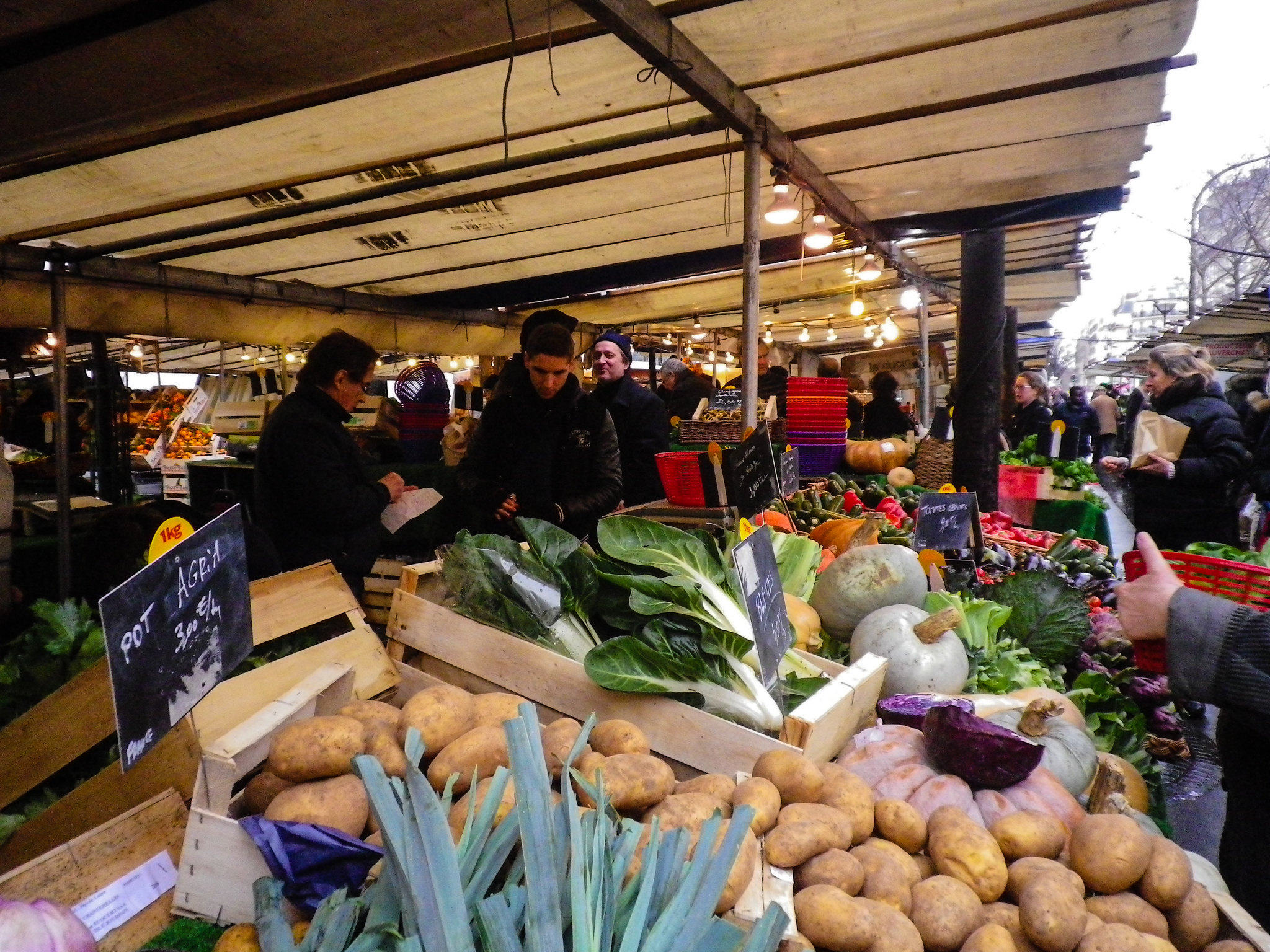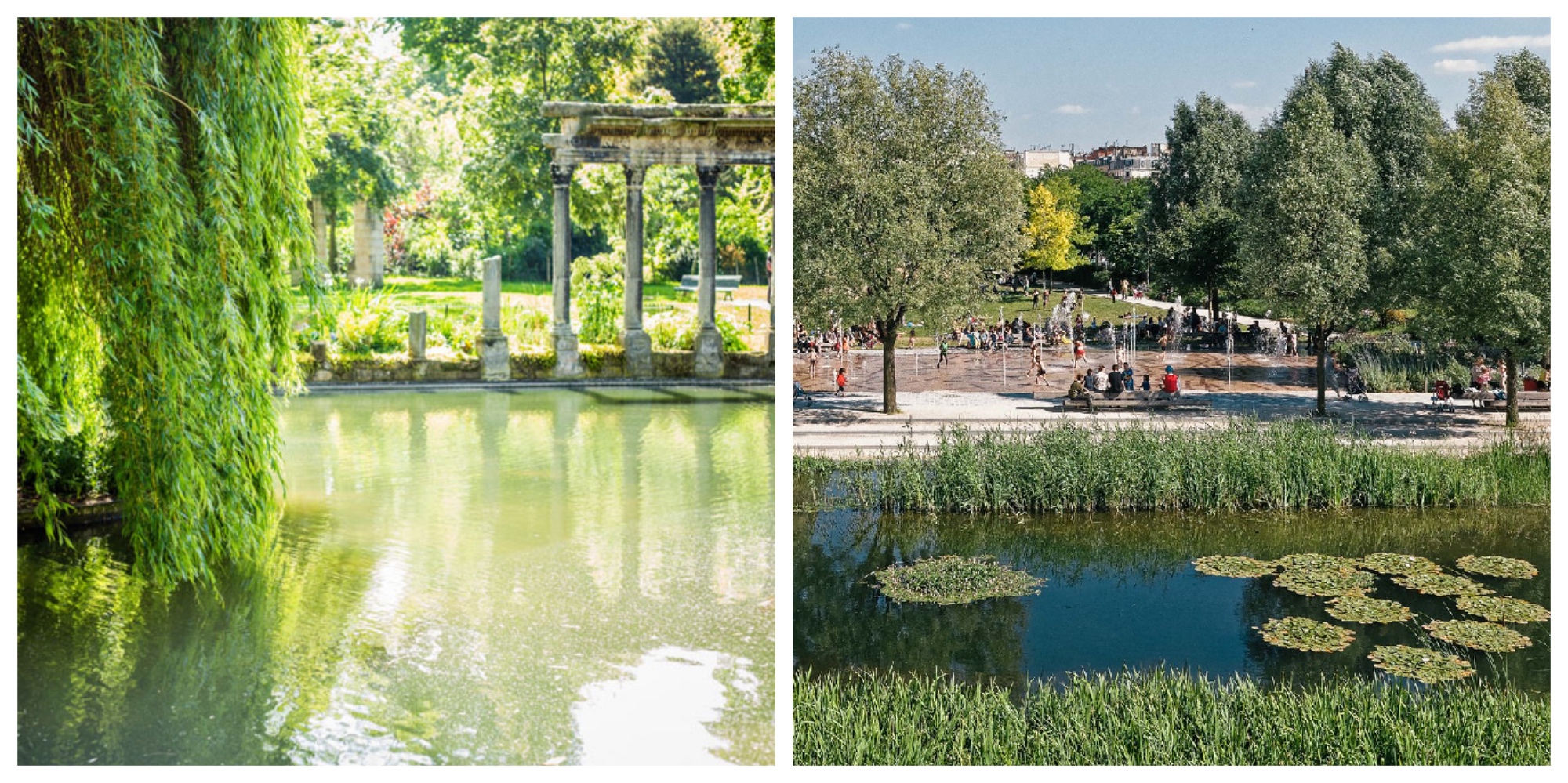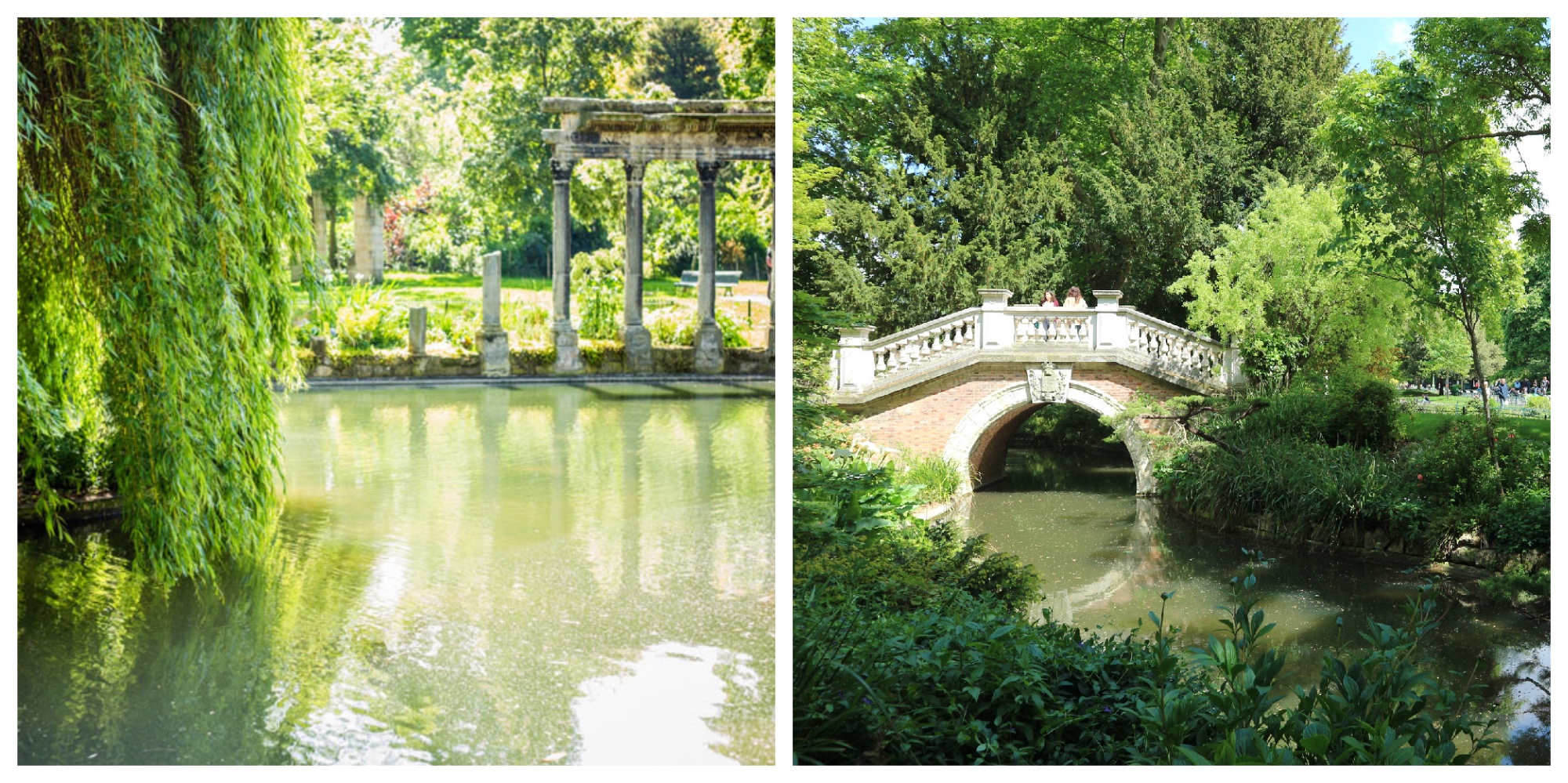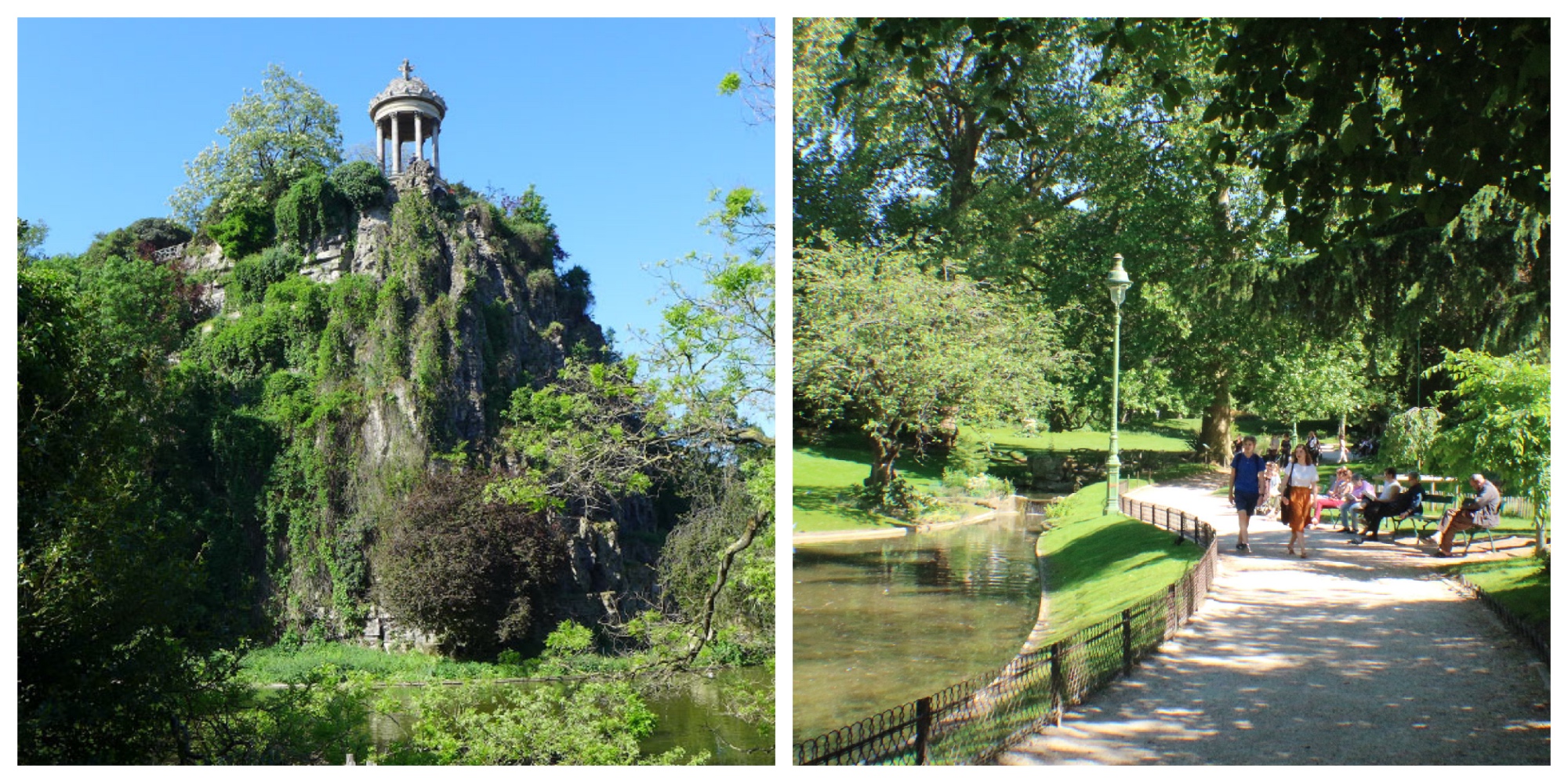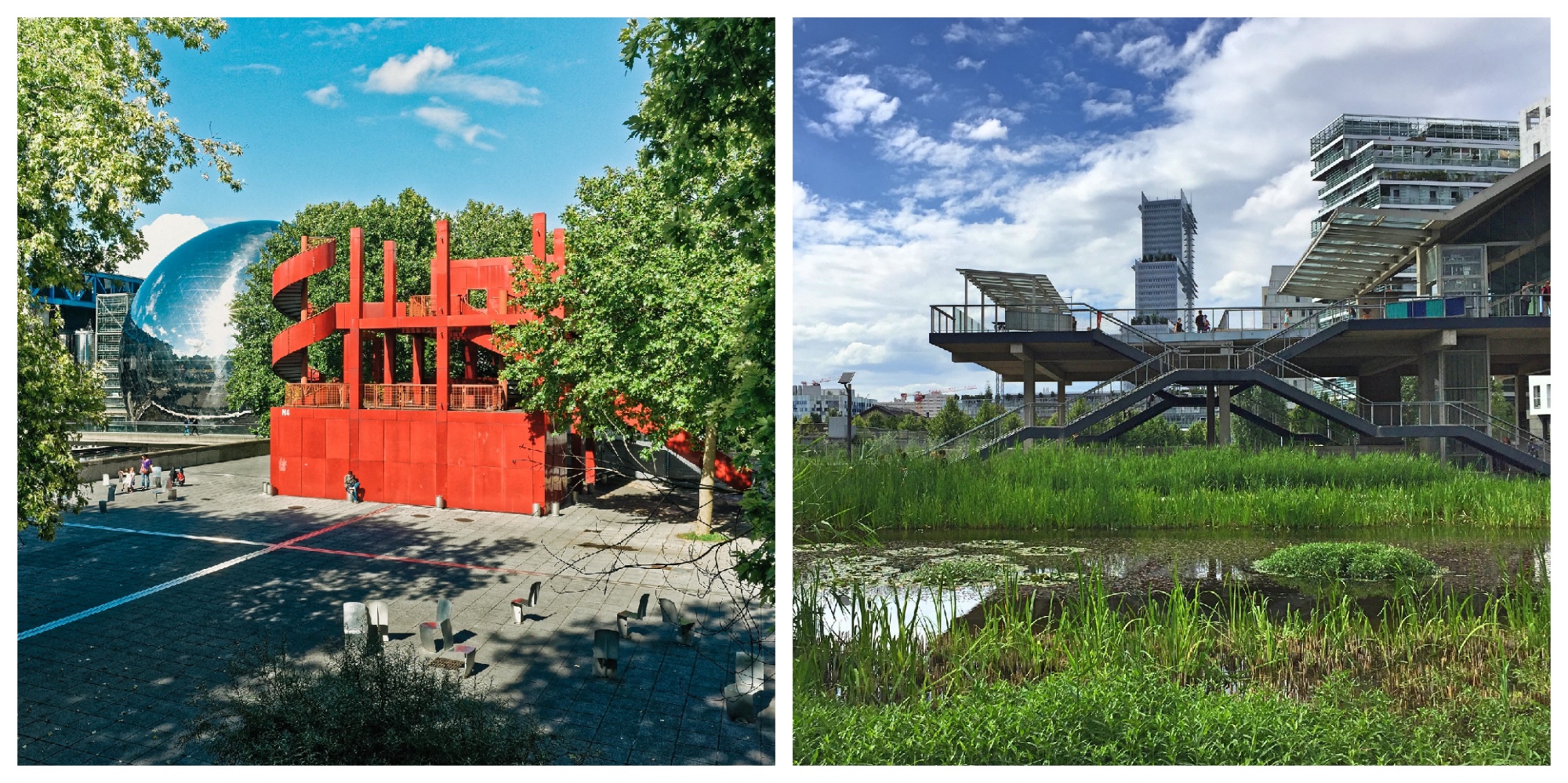A Romantic Tour Under the Arcades of Paris: Chocolate, Pastries, Perfume & More
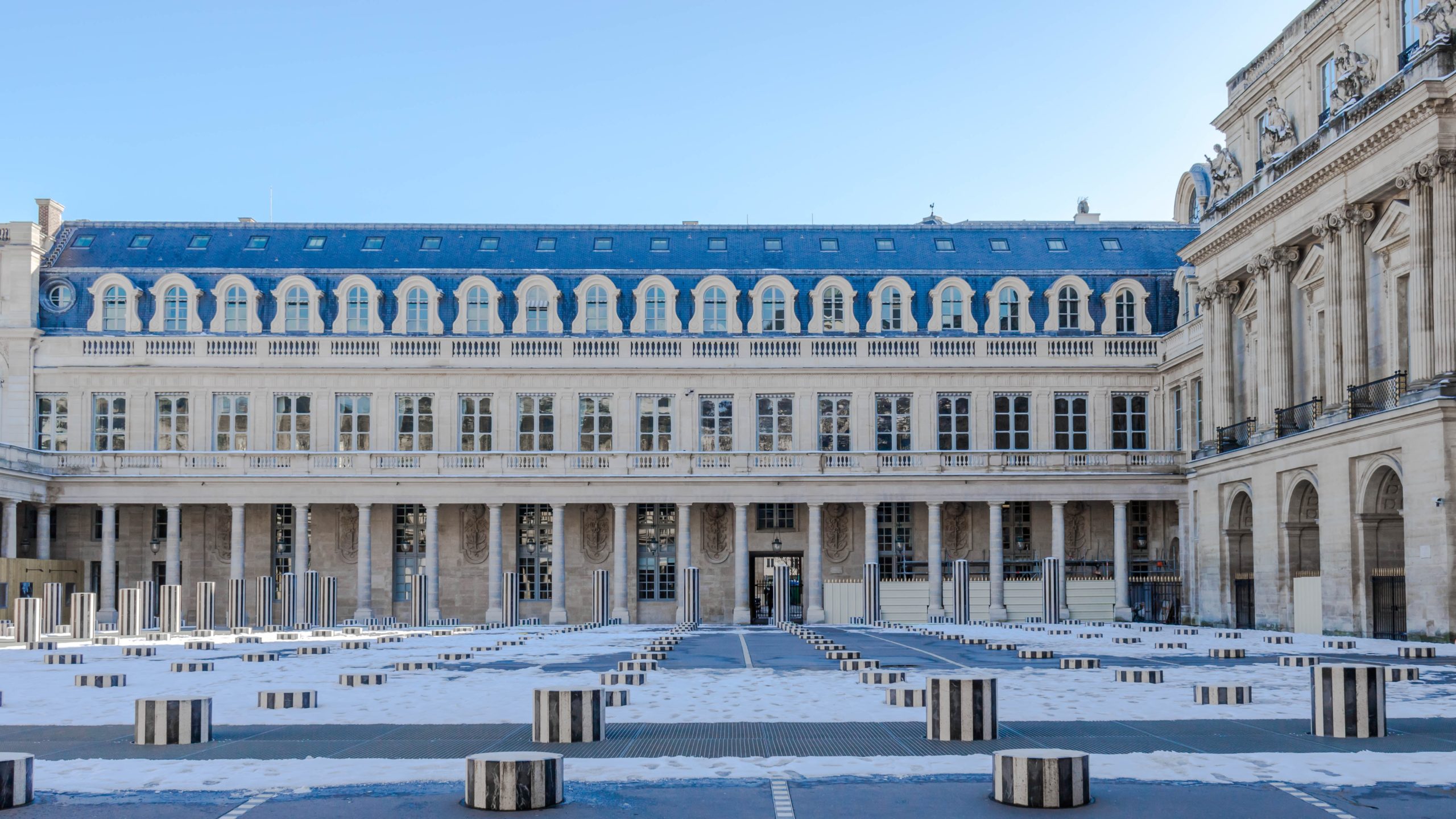
Palais-Royal: Jimmy JAEH / Unsplash
The French do not unanimously celebrate Valentine’s Day, as they feel any day is the perfect occasion to celebrate love. No matter the day, when they want to commemorate love with a gift, they think of similar items as we do in North America: chocolates, pastries, perfumes and flowers. Many of Paris’ best purveyors of these can be found in and around one of our favorite romantic places in Paris, the Palais-Royal. The picturesque park, steeped in history and elegance, is the perfect starting point for a romantic, and delicious, amble around the district and its sublimely romantic shops and cafés.

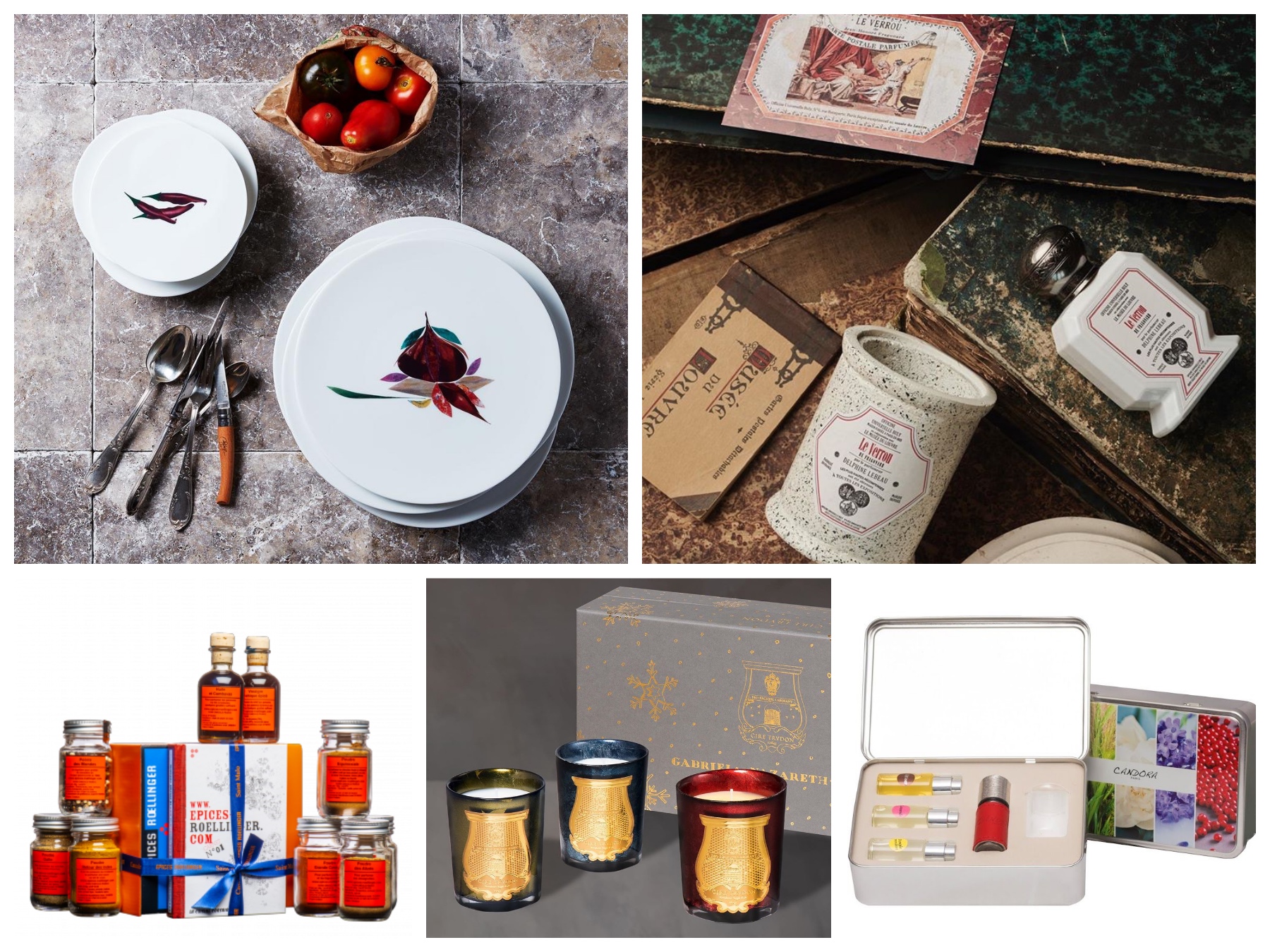 For millennia the bounty of French gardens has been transformed into a wide array of artisanal goods, from gastronomy to housewares. These centuries’ old traditions are being maintained, or revisited, by a variety of craftsmen and entrepreneurs around the country. Through
For millennia the bounty of French gardens has been transformed into a wide array of artisanal goods, from gastronomy to housewares. These centuries’ old traditions are being maintained, or revisited, by a variety of craftsmen and entrepreneurs around the country. Through 